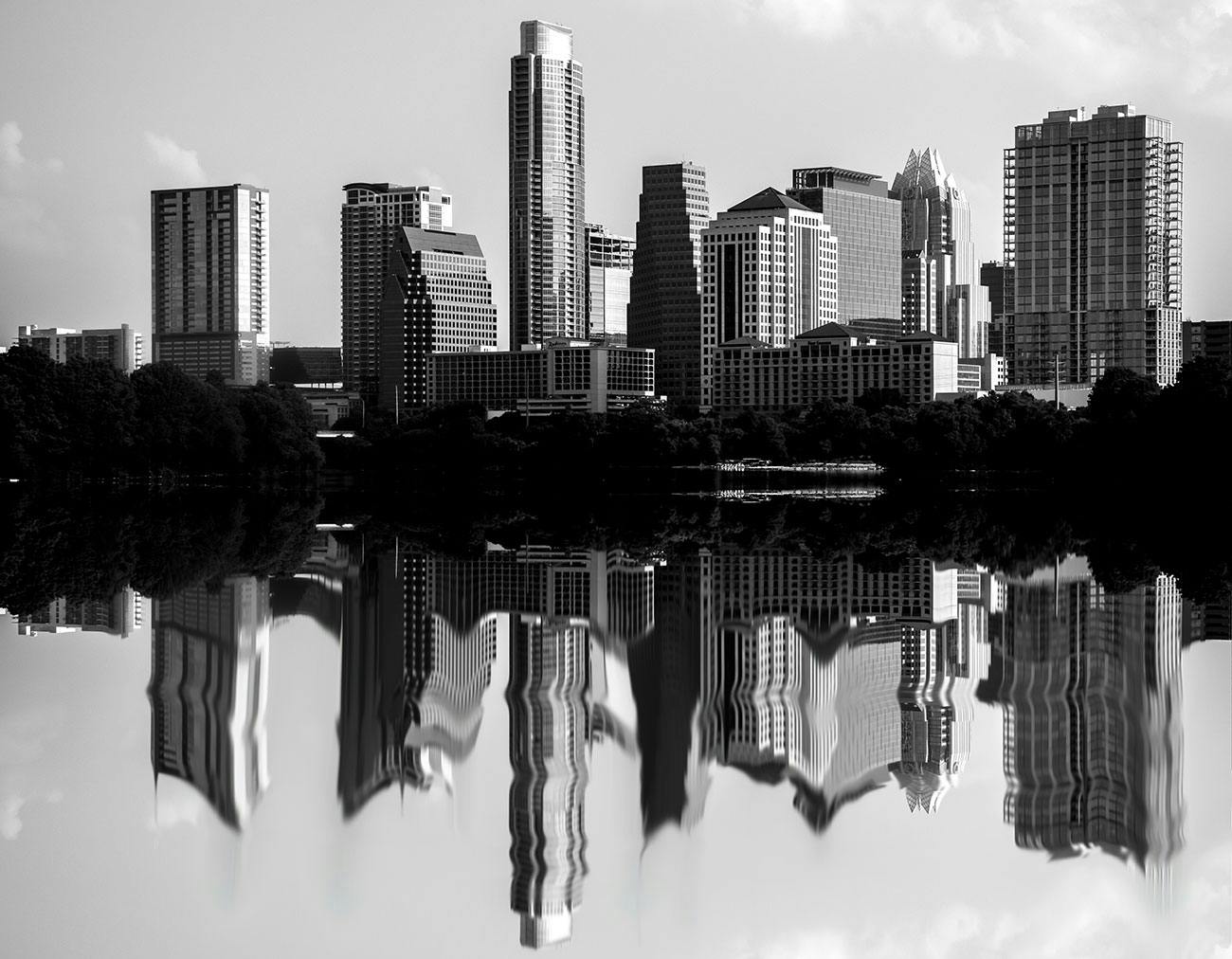
In 1898, British stenographer Ebenezer Howard devised a plan for the ideal city. His short opus, “Garden Cities of To-Morrow,” became arguably the world’s most influential book on city planning. Howard’s ideal of balanced growth, proximate open space, clean efficient transportation and energy, public health and vibrant metropolitan culture caught the rapidly urbanizing world’s imagination.
Although Howard’s vision inspired international community design, spawned national New Towns legislation in several countries and more recently influenced China’s burgeoning new urban explosion, the United States, barring a few efforts, paid the Garden City idea little heed. Committed to highways, malls, subdivisions and office parks, the U.S. found no need for Howard’s “quaint” idea of compact green cities. However, Amazon’s recent announced search for an ideal city in which to locate its second headquarters could change that.
Specifically eschewing cities with congestion problems and an absence of accessible culture and recreational areas, Amazon’s Request for Proposals lists requirements for cities hoping to attract the internet retail giant. At stake is up to 50,000 jobs, hundreds of millions of dollars in payroll, and more than $5 billion in capital expenditures. No small incentive for cities to ponder.
The right city, Amazon states, will have, in addition to the perfunctory “good business climate,” close proximity to transportation infrastructure, mass transit (including light rail), walking and biking options, and easily accessible culture, recreation and green spaces. Amazon is also looking for cities embracing sustainability, renewable energy, recycling, green building and a creative approach to the built environment.
These attributes were fundamental to the Garden City ideal: unifying nature and city, technology and community, cultural innovation and tradition to help “a new civilization come into being.” And there can be no doubt that advances in technology, driven by companies such as Amazon and Lyft, are creating a new urban future. Amazon has made a powerful statement about the type of design and amenities cities will need to stay vibrant and viable.
However, something crucial is missing. Amazon and its kin all desire accessible, green, culturally exciting cities to attract and retain skilled employees. Yet their list of attributes, topped by a business-friendly environment, holds no mention of a city’s commitment to social equity. Without seeking a city committed to quality of life and affordability for all its residents, not just the doyens of tech, the amenities of affordability, low congestion, and business “stability” will be elusive.
That has been the fate of other leading tech cities such as San Francisco, Austin and Seattle. Research by Bloomberg released this year identifies these cities as first, fourth, and sixth, respectively, in U.S. income inequality. As middle and working classes fall behind the new urban elite, families with children, elderly people on fixed incomes and minorities are forced to leave the city. True quality of life deteriorates. San Francisco in the wake of the tech boom is now more akin to a corporate campus than the diverse urban mixture vital to the metropolitan experience. Austin, once the bohemian center of music and cowboy culture whose allure drew tech companies, is rapidly becoming, according to the Austin Business Journal, one of the least affordable housing markets in the nation. For the city fortunate enough to win Amazon’s favor, without a strong commitment to social justice, such will be their fate.
This type of wealthy, antiseptic urbanism was not what Howard, Jane Jacobs, Fredrick Olmsted, or the other founders of city planning sought. They were, rather, social reformers seeking to craft cities where health, well-being, culture and economic prosperity were permanently accessible to all. They worked to build cities firmly committed to social equality as well as financial success and indeed, saw the two as inextricably linked. While Amazon’s search is an important wake-up call to urban designers and metropolitan leaders, this greater goal is the larger challenge facing cities of tomorrow and today—to bind social and economic opportunity together and in doing so, as Howard wrote, help us “lead society on to a far higher destiny than it has ever yet ventured to hope for, though such a future has often been foretold by daring spirits.”
Robert F. Young is an assistant professor of community and regional planning in the School of Artitechture at The University of Texas at Austin.





